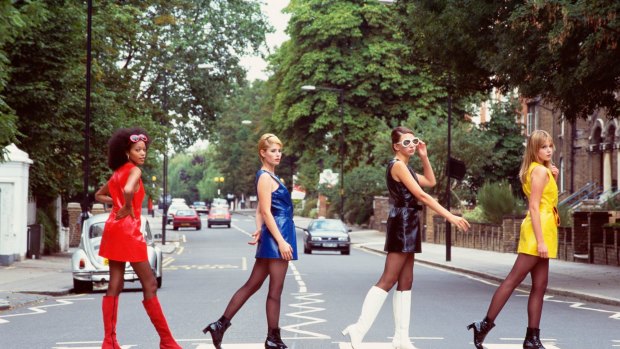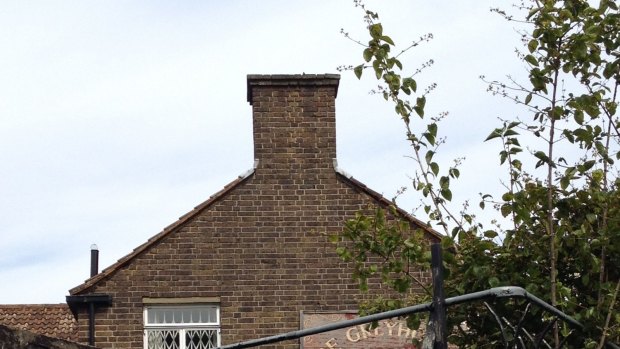This was published 9 years ago
The Beatles' Abbey Road confusion in London: What's at the other Abbey Road?
Where's Abbey Road?
By Tim Richards

The real Abbey Road.Credit: Alamy
"There were two girls wandering around, looking at maps, and one of them asked me 'Where's Abbey Road?'" says Michael Grant. "I smiled and pointed her to the sign, and she realised: 'This is the wrong station, isn't it?'"
I'm sitting in the tiny living room of an old workers' cottage in West Ham, East London, sipping tea as we talk about the nearby Abbey Road station on the Docklands Light Railway.
Although it's a considerable distance from the St John's Wood street made famous by the Beatles album, Grant and his neighbours often bump into bewildered music fans looking for the pedestrian crossing on the Abbey Road album cover.
"It's part of the ethos of living in this area," says the American emigre good-humouredly. "I'm sure if we went down there now and waited for 15 to 20 minutes, you'd find someone caught in the trap."
To combat the confusion, Transport for London has installed a special sign on the platforms. With trademark British humour, its explanation of how to get to the correct Abbey Road uses Beatles lyrics picked out in red text – ending with "Passengers will need a ticket to ride".
This amusing situation made me wonder: what are the attractions of the "wrong" Abbey Road?

Abbey Road, West Ham, London, with The Greyhound pub in background.Credit: Tim Richards
Grant can provide one answer to that question, being committee chairman of the Abbey Gardens (abbeygardens.org) next to the station. Developed over the past decade on a derelict patch of ex-industrial land, it's an unusual communal garden in which there are no individual plots. Instead, locals share the work and the resulting produce.
Open to visitors from dawn to dusk, it's a beautiful, calm space. A rectangle of lawn is backed by long, raised planting beds, with an old brick wall at the rear.
This being London, of course, there's a deeper history to the site. To one side of the beds is an exposed rectangle of stonework. This is the remains of a gatehouse that belonged to the 12th century Abbey of St Mary Stratford Langthorne, which stood where the railway is today.
The monks would have tended their own kitchen garden nearby, so there's a neat circularity about this land being rededicated to that use.
Michael assures me that travellers are welcome to visit. "Come and help out, if you like," he says. "It's not just work; you meet locals."
Leaving the gardens, I head along Bakers Row onto Abbey Road itself, where I find a pedestrian crossing that's the closest approximation to the one on the Beatles album.
Further east, past high-rise housing and corner shops, is the one intact element of the medieval abbey's possessions: All Saints West Ham Parish Church (westhamchurch.org.uk).
Though it's been rebuilt and extended over the centuries, and London has grown to surround it, the church still gives some hints of its antiquity.
Weathered gravestones are dotted throughout the grounds, and within are fragments retrieved from the abbey after King Henry VIII's Dissolution of the Monasteries – including a macabre carved stone depicting skulls.
Crossing the road to more earthly pleasures, I end my Abbey Road visit at The Greyhound. On this sunny Sunday afternoon the pub is full of locals, there's a big West Ham Football Club banner above the bar, and a sign announces a £5 special of a burger, chips and a pint.
As the Beatles might have said, Let it Be.
Sign up for the Traveller Deals newsletter
Get exclusive travel deals delivered straight to your inbox. Sign up now.